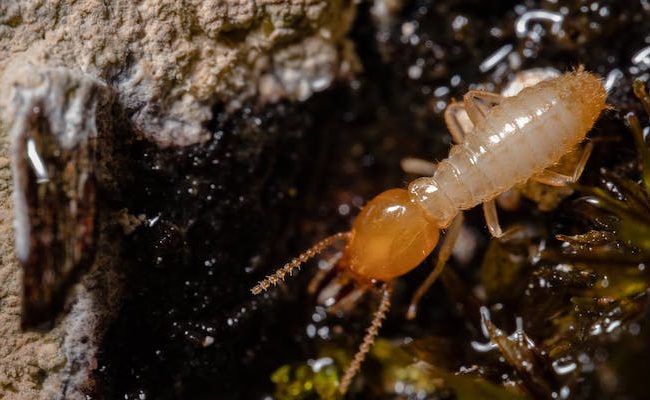
Termites are incredible creatures that are important to the ecology, especially in the decomposition and recycling of organic materials. The wood-eating termites, commonly referred to as subterranean termites, are one of the termite species that have a significant ecological influence.
Termites are known for their capacity to do major damage to wooden structures and for their ability to go undetected until serious harm has been done. Detecting the signs of a termite infestation early on is crucial for prompt action and minimizing potential damage.
The ecological importance of wood-eating termites is discussed in this article, and it emphasizes their function.
Positive Ecological Impacts
- Wood degradation – Termites are one of the world’s most significant agents of wood deterioration. They reduce dead wood into tiny pieces so that bacteria and fungi can continue to degrade it. This procedure returns nutrients to the soil so that other plants and animals can use them.
- Nutrient cycle – Termites are involved in the nitrogen cycle that occurs in ecosystems. They move the soil’s nutrients to the wood and then back to the soil. This promotes the continuous flow of nutrients in the environment, which is vital for the well-being of plants and animals.
- Soil improvement – By combining the soil with their waste and other detritus, termites help enhance the soil’s quality. This benefits other plants and animals by improving the soil and improving drainage.
- Habitat construction – Termite mounds are distinctive buildings that serve as their nests. These mounds produce microhabitats throughout ecosystems and offer protection. They provide defence against termites as well as possible coexisting organisms like ants and beetles. Termite mounds also act as locations for seed germination and supply neighbouring plants with nutrients.
Negative Ecological Impacts
- Damage to buildings and infrastructure: Wood-eating termites can cause significant damage to buildings and other structures made of wood. They can also damage electrical cables and other infrastructure.
- Loss of biodiversity: In some cases, wood-eating termites can cause the loss of biodiversity. For example, they can destroy deadwood which is important for some species of insects and other animals.
- Spread of diseases: Termites can also spread diseases. For example, they can carry the bacteria that causes Legionnaires’ disease.
- Impact on Agriculture: Some termite species can harm crops. They might attack and eat the roots, stems, or foliage of crops, reducing yields and costing farmers money. Aside from destroying harvested timber and stored grains, termites can also harm food supplies and other sectors that depend on these resources.
Overall Impact
The ecological effects of wood-eating termites are not uniform. They affect ecosystems in both favourable and unfavourable ways. However, because they aid in the decomposition of wood and the cycling of nutrients, their overall effect is probably favourable. Their capacity to degrade cellulose and recycle organic matter enhances the soil’s fertility and encourages the development of plants and other organisms. Termite populations must be effectively managed to lessen their detrimental effects on habitation.
Future Research
We still have some questions about the effects of wood-eating termites on the environment. To fully comprehend their function in ecosystems, more research is necessary. This study may enable us to control termite populations in a way that lessens their adverse effects while maintaining their useful functions.
Conclusion
Termites that consume wood play a significant role in many ecosystems. They contribute to soil quality improvement, nitrogen cycling, and the breakdown of wood. However, they can also lead to the spread of infections, damage to infrastructure and buildings, and other problems. For a thorough understanding of their ecological impact, more research is required. We can achieve a balance that permits wood-eating termites to flourish in their natural environment while reducing possible conflicts with human activities by utilizing integrated pest control tactics, protecting natural habitats, and raising public awareness.
Leave a Reply